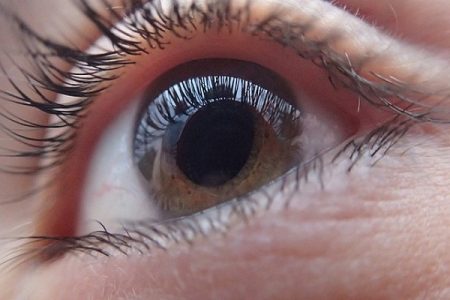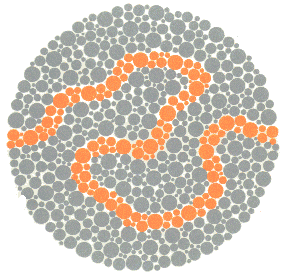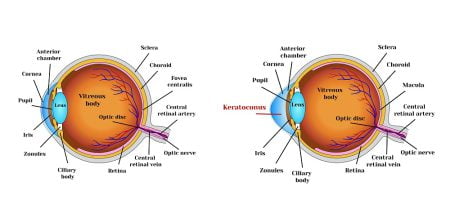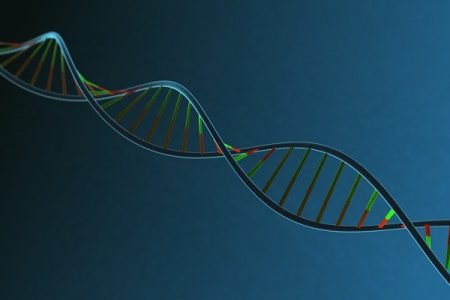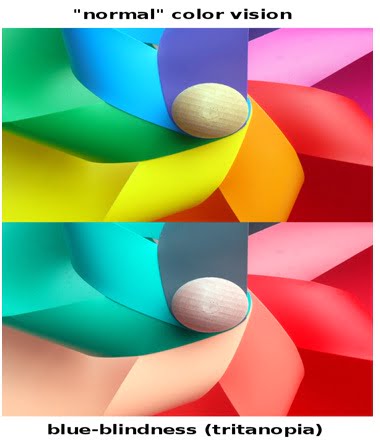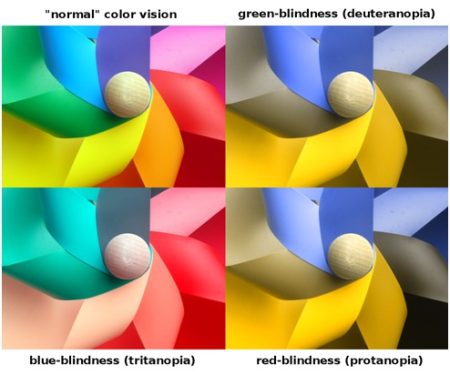Browsing: Color Blindness
Comprehensive Information, Resources, and Support on Color Blindness
Retinal Cells Grown in Lab Provide Clues to Color Blindness Treatment
Scientists are now able to grow human retinal cells in the lab. This is a big atempt to understand the basis of color vision in humans and to understand color blindness and other retinal disorders. The research is believed to help develop future therapies for eye disorders such as color blindness or macular degeneration, diabetic retinopathy, age-related damage etc.
Retina Definition The retina of human eye is the sensory membrane that lines the inner surface of the back of…
Dr Shinobu Ishihara from Japan introduced the most popularly known color blindness test in 1917. The test is a color perception test for red-green color deficiencies. It consists of a set of colored dotted plates (PseudoIsochromatic Plate or PIP), each of which shows certain numbers or patterns such as random lines.
Photo-pigments in cones help in viewing all possible colors. Any defect in cones lead to color vision deficiency or color blindness. Quantitative tests such as Ishihara test, etc are mainly used to analyze color vision deficiency and color blindness.
Color blindness is a condition in which a person is unable to differentiate between colors. Color blindness is not a form of complete blindness instead it is a deficiency which doesn’t allow a person to see certain specific colors such as yellow and blue or red and green.
Color blindness, also known as color vision deficiency, occurs when photoreceptors in the retina of the eye lack certain light-sensitive…
Blue-Yellow Color Blindness or Blue-Green Color Blindness
Knowing about Colorblindness Abnormal photo-pigments are known to cause genetic or inherited color blindness. These photo-pigments are color-detecting molecules which…
Red-Blue Color Blindness
Is there red blue color blindness? There are three main kinds of color blindness primarily depending on the types of…
Cure for Color Blindness
Color blindness correction Colorblindness is a sex-linked recessive disorder. People who suffer from it have difficulty in distinguishing between colors.…
Red-Green Color Blindness
Understanding colorblindness Color-blindness is observed when a person is not able to distinguish between certain common colors such as red,…





